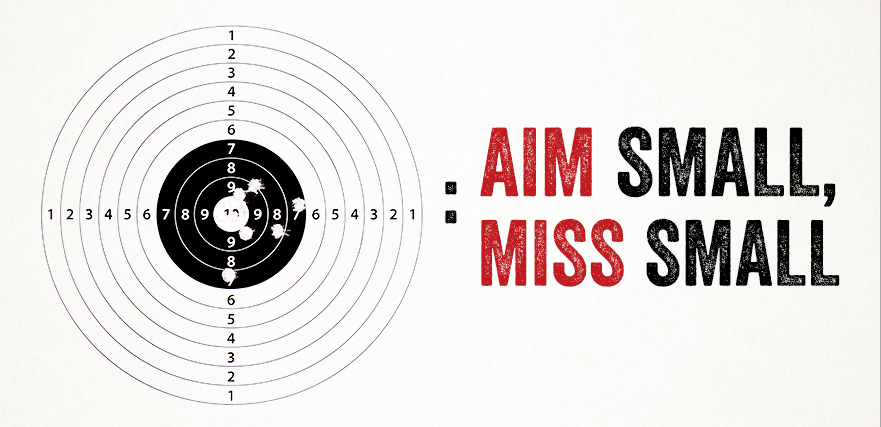Some like to think of marketing as warfare. Brands like AB and SAB Miller bombard audiences with massive dollars and drop weapons of mass persuasion. This isn’t just coincidence: Reis and Trout (two marketing gurus way before my time) actually wrote a book on it and called it Marketing Warfare.
Fast forward to 2017 — where digital media can find a needle in a haystack. Not only that, but it can also project out how much it will cost you to pull out that needle to start sowing. Brands can use hyper sensitive targeting combined with proper messaging and connection platforms allow big brands to act small — and small brands to act large.
Think of buying media like a gas station: Everyone has the opportunity to fill up their tank. The question is, how much per gallon? The cheaper your gas, the more you can spend on the rest of your business.
The best part about digital is that the tools have already been developed but very few marketers are using them properly. Buying ads through social platforms isn’t as easy as it looks. You can definitely spend your money — but can you make the most of your dollars and captivate an audience?
So how does a small brand act big — and a big brand act small?
By defining WHY your brand exists is the first place to start. No matter the size of your brand, it is the most important part about connecting with your consumer.
How small brands can act big
Targeting is everything with small businesses. You aren’t talking to the entire digital playing field, but just one tiny subsection of players. Drill down your targeting to the city/state/region that you sell in and win your key markets.
Placement is crucial in an efficient spend. Use and test your channels to see what gets you the best return. It could be social or digital, or you may only need to own Google search terms.
Content is important, but it’s nothing without the first two steps. Entertainment is key no matter the size of the business. That’s why you share funny memes and binge-watch Netflix by yourself. Funny is great, but giving your fans a deal is even better.
Management is in all in what you make of it. Optimizing ads and monitoring your campaigns can provide greater returns and overall savings. You can test out content with different targets for just a few dollars to find what works, and then crank up the budget once you’ve got it tuned up.
How big brands can act small
Targeting is smarter than casting a net. One thing I work directly on is defining how many targets to build for a consumer base. Are we talking to one ideal consumer type or is there actually a few different subsections that need specific messaging? (And no, not just a lookalike audience.)
Placement is accuracy and understanding the playing field. When your brand is on multiple channels, you can then compare and contrast data more effectively. The biggest struggle is realizing the power of your brand’s website. Why go to a gas station to fill up when you can build a pump in your backyard?
Content is dire for moving the needle. When I audit big brands, I see a major divide between those who talk about themselves and those who do not. Emotional connections drive purchases and decisions — which is why you should hit the right target where it counts the most.
Management is about attention to details. A lot of brands want to develop their communities but do they have the manpower or patience to cultivate conversations? Doubtful. They’d rather post more content. If you read the Moosylvania Millennial Study — you’ll hear all about getting attention and giving attention. Both are powerful and should be used in tandem.
Andrew Cohen is the director of social media at Moosylvania Marketing based in St. Louis, MO. Andrew studied marketing and management at the University of Miami and achieved his MBA with a focus on Entrepreneurship from Babson College in Wellesley, Mass. He can be reached at @Moosylvania or @ItsMeAndrewC on Twitter and is always looking for the next speaking or strategizing opportunity.
